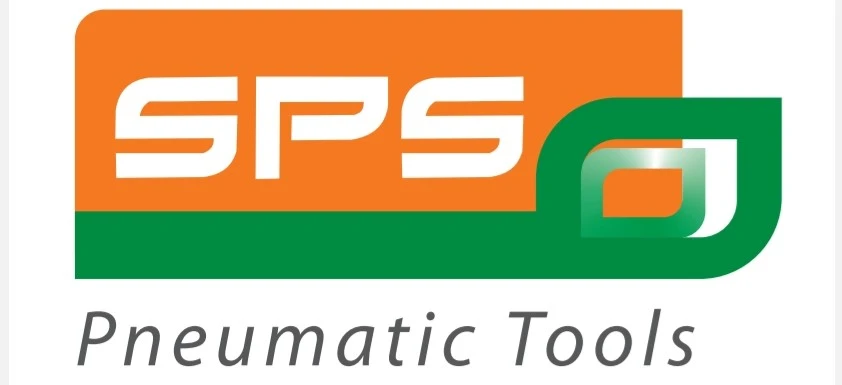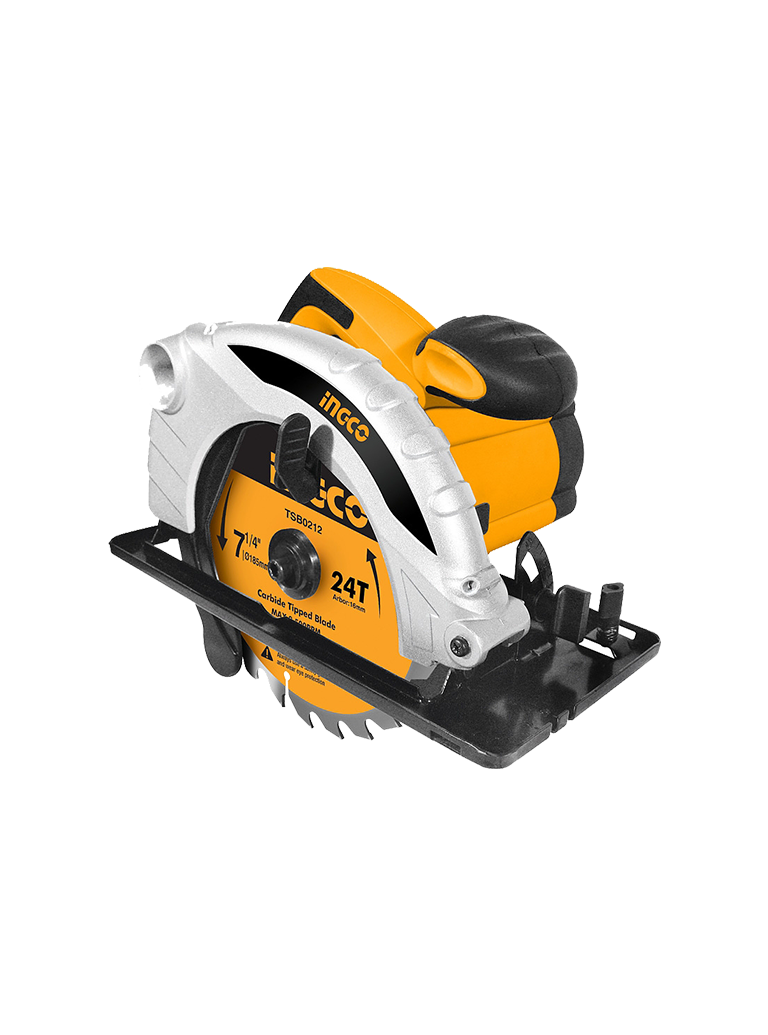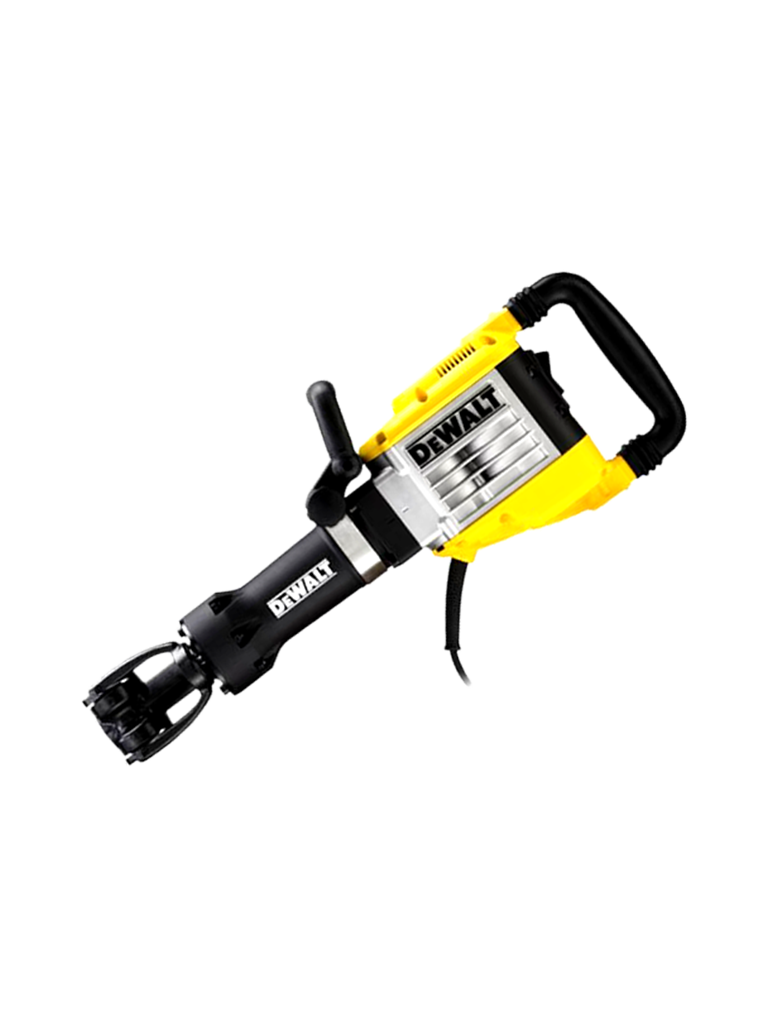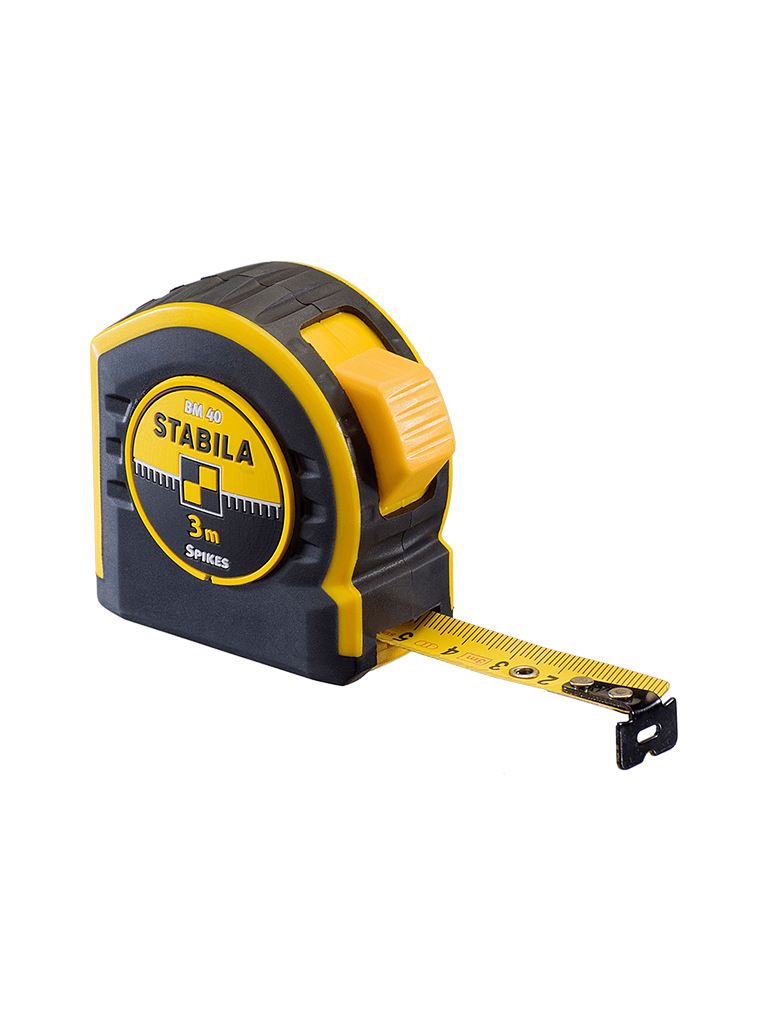Introduction
Pneumatic tools are essential in industries like construction, manufacturing, and automotive, offering power and portability for tough jobs. However, this power introduces unique safety hazards that workers must understand to prevent injuries. This comprehensive guide from SPS Pneumatic Tools covers essential safety information, PPE requirements, maintenance practices, and hazard prevention for both professionals and beginners.
Why Pneumatic Tools Safety Matters
Compressed air power presents several hazards that require careful handling:
- Flying objects (nails, staples, debris)
- High noise levels
- Accidental discharge
- Hose failures and tripping hazards
- Tool malfunctions from improper maintenance
Most accidents are preventable with proper training and safety protocols.
Common Pneumatic Tools
- Nail guns and staplers
- Grinders and sanders
- Drills and screwdrivers
- Jackhammers
- Riveting guns
- Impact wrenches
Top 10 Pneumatic Tools Safety Tips
- Read manufacturer instructions - Understand tool-specific requirements
- Use the right tool - Never substitute or misuse tools
- Wear proper PPE - Eye, ear, hand and foot protection
- Inspect before use - Check for damage to tools and hoses
- Use correct air pressure - Never exceed recommended PSI
- Secure connections - Use safety clips and check fittings
- Never carry by hose - Prevents damage and leaks
- Maintain clean workspace - Prevent tripping hazards
- Never point at people - Even when "unloaded"
- Turn off air supply - When changing tools or adjusting
Pneumatic Tools Safety Tips Table
| Safety Tip | Why It's Important | How to Implement |
|---|---|---|
| Read the manual | Understand tool-specific hazards | Review before first use |
| Wear PPE | Protects against injuries | Safety glasses, gloves, etc. |
| Inspect tools | Prevents equipment failure | Check before every use |
| Correct air pressure | Avoids tool damage | Set to recommended PSI |
| Secure connections | Prevents hose blowouts | Use safety clips |
Essential PPE for Pneumatic Tools
- Safety glasses/goggles
- Face shield (high-risk tasks)
- Hearing protection
- Work gloves
- Safety shoes/boots
- Dust mask/respirator
Maintenance Best Practices
- Clean and lubricate tools regularly
- Use clean, dry air supply with filters
- Inspect hoses for damage
- Store in dry, cool locations
- Follow manufacturer maintenance schedules
Common Hazards and Prevention
| Hazard | Prevention |
|---|---|
| Flying debris | Wear eye/face protection |
| Noise exposure | Use hearing protection |
| Accidental discharge | Never point at people |
| Hose failures | Regular inspections |
Do's and Don'ts Quick Reference
Do's
- Read manuals before use
- Wear all required PPE
- Inspect before each use
- Use correct attachments
- Maintain clean workspace
Don'ts
- Exceed pressure ratings
- Use damaged equipment
- Carry tools by hoses
- Point at people
- Modify safety devices
SPS Pneumatic Tools: Your Safety Partner
SPS Pneumatic Tools prioritizes worker safety through:
- High-quality, safety-designed tools
- Detailed safety manuals and resources
- Maintenance and repair services
- Workplace safety consulting
Visit SPS Pneumatic Tools for expert advice and safety resources.
Conclusion
Pneumatic tools are powerful but require proper safety measures. By following these guidelines, using appropriate PPE, and maintaining equipment properly, workers can significantly reduce accident risks. Remember - safety is everyone's responsibility.
For quality pneumatic tools and comprehensive safety support, trust SPS Pneumatic Tools.




